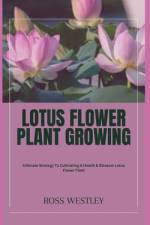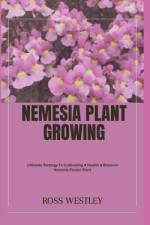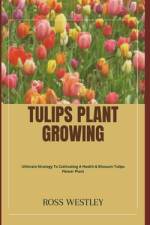- Ultimate Strategy To Cultivating A Health & Blossom Tulips Flower Plant
av Ross Westley
139,-
Beautiful tulips come from the genus Tulipa, which belongs in the family Liliaceae. They are a popular option for gardens, flower arrangements, and even as cut flowers due to their wide spectrum of brilliant hues. Tulips have been farmed for generations, although their natural habitats are in Europe, Asia, and North Africa.Tulips have been highly prized and sought after since the 16th century, when they were grown in the Ottoman Empire. During the 17th-century Dutch Golden Age, they became a status symbol and quickly rose in favor. The widespread buying and selling of tulip bulbs during this time period is commonly referred to as "Tulip Mania," a time of rampant speculation and excessive price inflation.Because tulips are bulbs, they can endure cold weather and still bloom brilliantly in the spring. Single stems with glossy green foliage and a huge, spectacular bloom top these plants. There are red flowers, pink flowers, purple flowers, yellow flowers, white flowers, and even multi-colored flowers. Their six petals form a cup-like structure, which contributes to their sophistication and unique beauty.These hardy blossoms do best in temperate regions, where they have plenty of time to grow in the sun and adequate drainage. Planting bulbs in the fall gives the plants time to get their feet solidly established before the cold of winter.In order to encourage the bulb to grow and develop, tulips need to go into dormancy during the cooler months. As the temperature rises in the spring, the tulip bulbs awaken and the plants bloom.In addition to enthralling gardeners, tulips have long served as a source of creativity for writers, musicians, and designers. Their everlasting appeal has made them a metaphor for romance, refinement, and rebirth. Grown in gardens, borders, containers, and even inside, they continue to be a favorite among horticulturists of all skill levels.Tulips are a beautiful addition to any garden or flower arrangement, and their vibrant hues will surely delight any gardener or flower lover.








